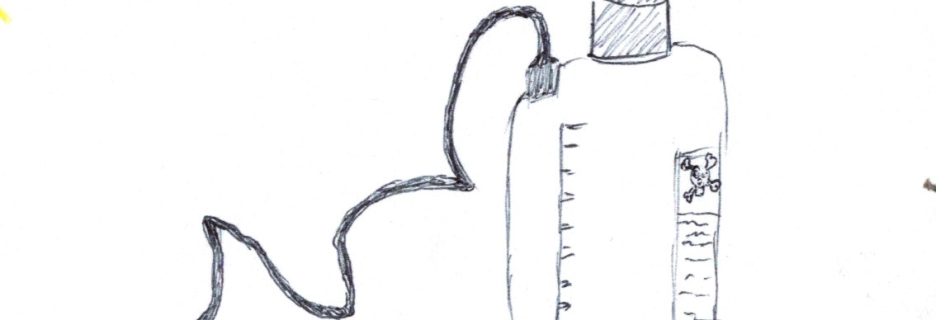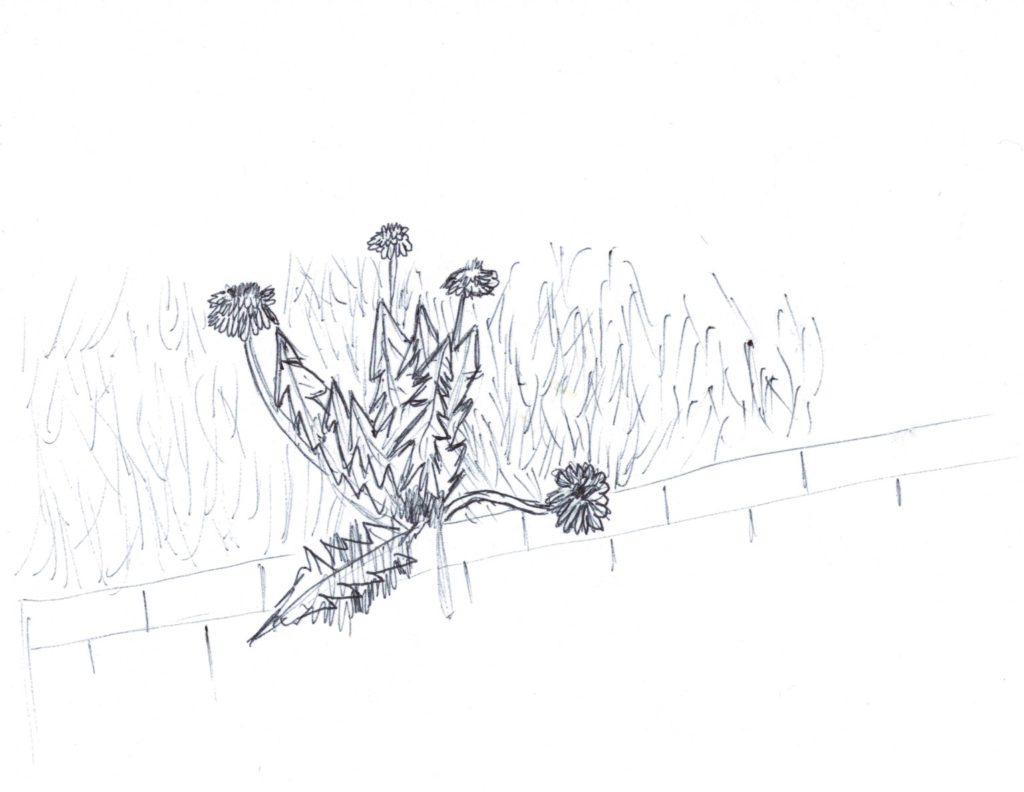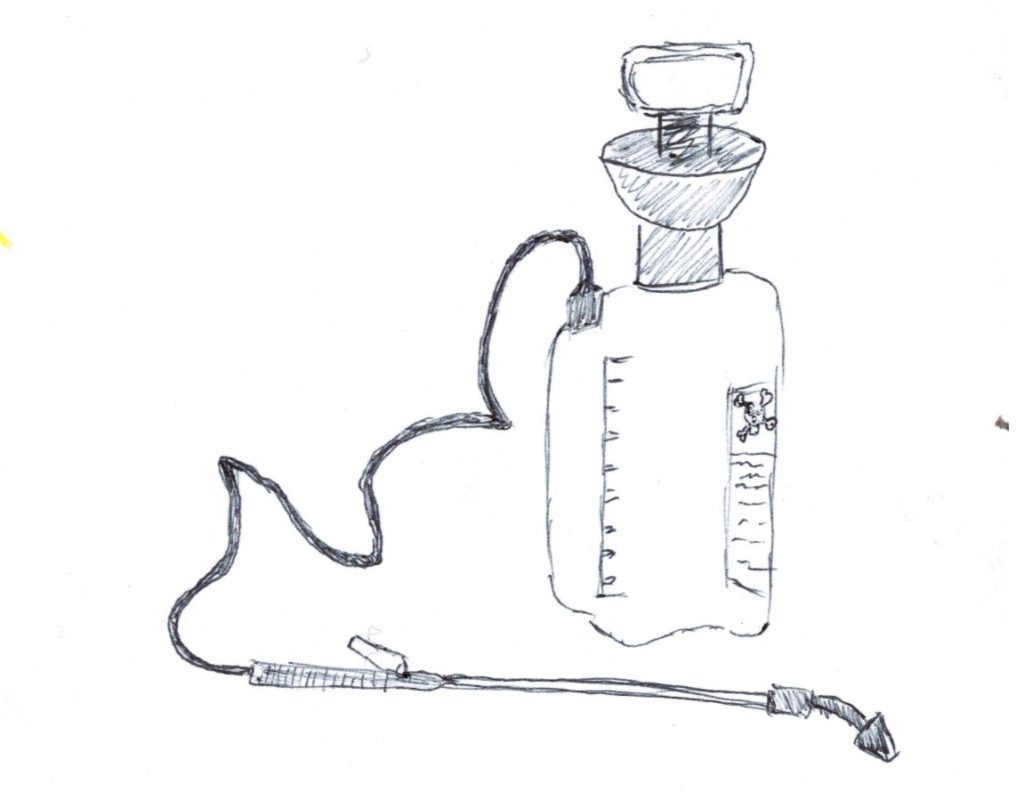 I spent some time today dealing with a layer of data that was added to an ESRI REST service. The service layers are zero base indexed which means you can reference them based on their position relative to each other. The first layer is identified at position zero while the second is 1, the third is 2 and so on.
I spent some time today dealing with a layer of data that was added to an ESRI REST service. The service layers are zero base indexed which means you can reference them based on their position relative to each other. The first layer is identified at position zero while the second is 1, the third is 2 and so on.
The new layer was just before the fourth existing layer. This means the new layer became the fourth, the fourth became the fifth and the fifth became the sixth. Are you following along?
Anyway, I was working on a web app that consumes this service and it references the service layers based on those index positions. I added some new markup and some code for the added layer and changed the existing code to reference their two new position numbers. At first everything seemed to be working fine. Then a coworker noticed that the new layer’s data was showing on screen by default (you’re supposed to check a box first). It took me a while before I finally realized that it was being controlled by a different checkbox that controls the layer right after it in the service.
To make an already long and confusing story shorter, there was a second reference to the service indexes in my code. When I had designed the app a few years ago I, for some reason, found it expedient to make two, hard coded references to the index. Instead of taking the time to create a variable, I had repeated a hard coded number that could be changed by an outside source.
My poor design choice came back to bite me. Not only did I repeat code, I made it confusing to update. It’s embarrassing to admit that I wrote code that even I couldn’t figure out later. But it goes to show that taking the time to design things correctly from the start will pay off in the future. It’s the little things that get you; that second hard coded index number that’s nearly impossible to notice.














 I had some batteries from Amazon delivered the other day. After opening the box that’s probably 4x bigger than the batteries themselves, I noticed the sticker on top declaring “Frustration Free Packaging”. It was definitely low frustration but I was still annoyed to have to go get something to cut the large tape label that held the box closed.
I had some batteries from Amazon delivered the other day. After opening the box that’s probably 4x bigger than the batteries themselves, I noticed the sticker on top declaring “Frustration Free Packaging”. It was definitely low frustration but I was still annoyed to have to go get something to cut the large tape label that held the box closed.








